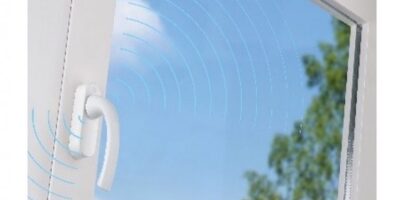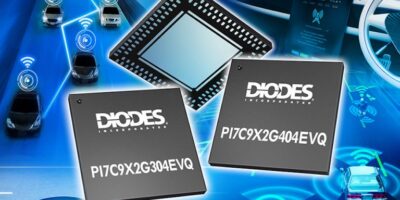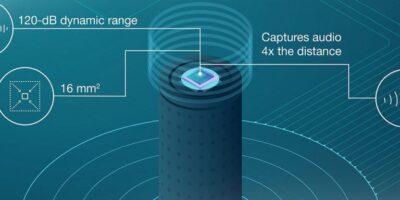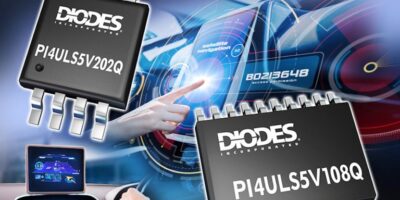Smart home devices add security and energy efficiency as well as convenience. German door and window handle manufacturer, Hoppe, has developed the eHandle ConnectHome and uses energy harvesting technology from ZF.
The window handle joins the product range as an entry-level model to detect whether a window is open or closed. With ZF’s energy harvesting generator, the RF window handle does not need batteries and can therefore be retro-fitted. Rotating the handle to open or close the window generates enough energy to send an RF signal. The position of the window handle will then be transmitted wirelessly to a central control unit which can be programmed, for example, to automatically regulate the heating to turn down if the windows are open.
The eHandle ConnectHome uses a module consisting of monostable generator and RF board, produced by ZF. The generator is based on an inductive principle meaning that the required RF energy is only generated by the mechanical actuation of the handle incorporating the switch. The data transfer is made wirelessly using the EnOcean RF protocol.
Energy harvesting switches are suitable for various control solutions within different environments and a range of applications, advises ZF.
Founded in 1915, ZF has evolved from a supplier specializing in aviation technology to a global technology company.
It supplies systems for passenger cars, commercial vehicles and industrial technology. It offers integrated solutions for established vehicle manufacturers, mobility providers and start-up companies in the fields of transportation and mobility.
ZF operates in approximately 230 locations in 40 countries.







